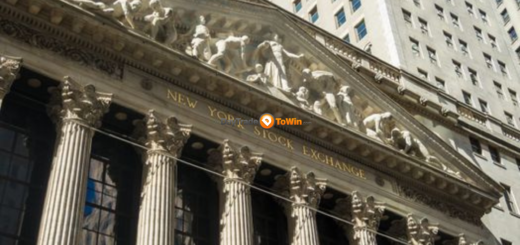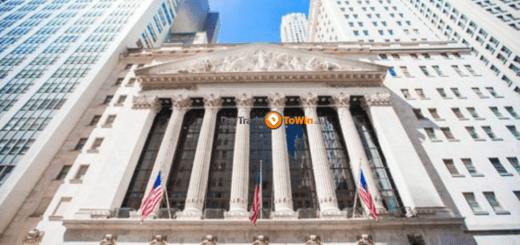2024 Vision: What Investors Can Foresee After the Bond Market Battle
For the second year in a row, U.S. Treasurys have played a pivotal role, acting like a wrecking ball with significant fluctuations in yields shaping the trajectory of the stock market and other assets.
As the year concludes, the market appears more stable, driven by renewed buying interest that has pushed the benchmark 10-year Treasury yield down from its October peak, surpassing 5%.
In November, a comprehensive measure of fixed-income returns achieved its best performance in nearly four decades, preventing the broader bond market from facing a historic third consecutive year of losses. However, uncertainties persist about what lies ahead in 2024.

A central question revolves around whether Treasurys, often considered the world’s safe “risk-free” asset, will exhibit less volatility in 2024 after causing considerable disruptions in recent years.
Many traders and investors are optimistic about inflation continuing to ease, bringing a definitive end to the Federal Reserve’s aggressive rate-hike cycle and paving the way for lower borrowing costs in the coming year.
Thomas Urano, Co-Chief Investment Officer at Sage Advisory, sees a more favorable return profile in risk-free rates as the hiking cycle concludes, despite the challenges faced during the repricing of risk-free rates in a rising-rate scenario.
With the 10-year yield now exceeding 4%, some believe that a significant pullback in U.S. economic growth is necessary to bring the 10-year yield back below 3.5%. The decline in U.S. bond yields during November has contributed to the S&P 500 index nearing its record high set in January 2022.
The outlook on rates carries potential risks if the current path of easing inflation were to reverse, resulting in a reacceleration. However, Urano considers a reacceleration of inflation the least likely outcome and views investment-grade corporate credit as an attractive option within fixed income.
At Capital Group, David Hoag, a fixed-income portfolio manager, advocates for active management and suggests that investors consider reallocating funds into the markets. He finds 2- to 5-year U.S. government debt more appealing than longer maturities due to better value in the shorter-to-intermediate end of the Treasury curve.
Treasury yields play a pivotal role in financing mortgages, autos, and student loans, influencing borrowing costs and the appeal of riskier assets. As of Thursday, 10-year and 30-year rates finished the New York session at 4.129% and 4.244%, respectively.
Despite the potential for negative three-year returns in many bond indexes, November’s rally has boosted the Bloomberg U.S. Aggregate to a 3.17% return year to date.
The risk of further Treasury selloffs persists due to ongoing supply, the absence of significant buyers like the Federal Reserve and foreign investors, and concerns about the U.S.’s fiscal trajectory.
Investors face a dilemma with almost $6 trillion in cash in money-market funds, sparking debates about deploying it into risk assets or equities. Views differ on whether a U.S. slowdown will prompt investors to stay in cash or move into equities, depending on expectations of the severity and duration of any economic downturn.
In conclusion, the financial landscape is evolving, and while challenges persist, some market participants see a shift towards less volatility and more favorable returns, especially in higher-quality parts of the capital structure.




